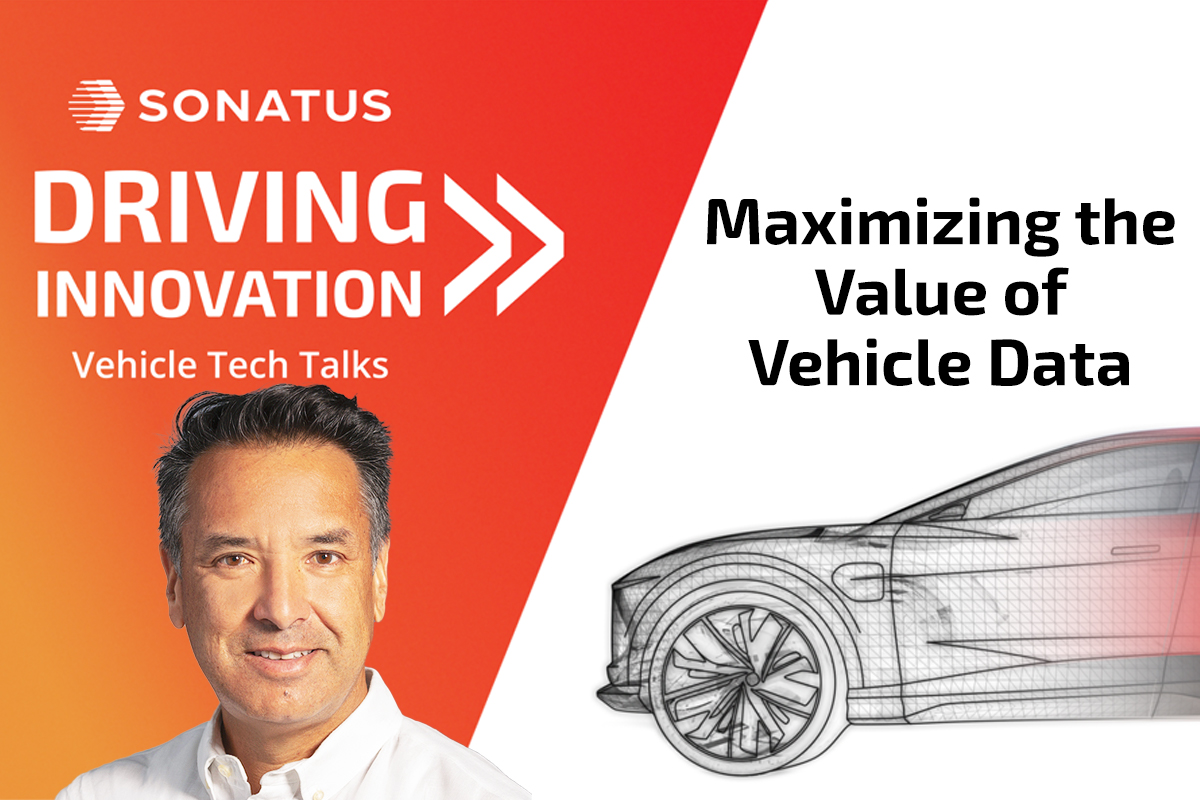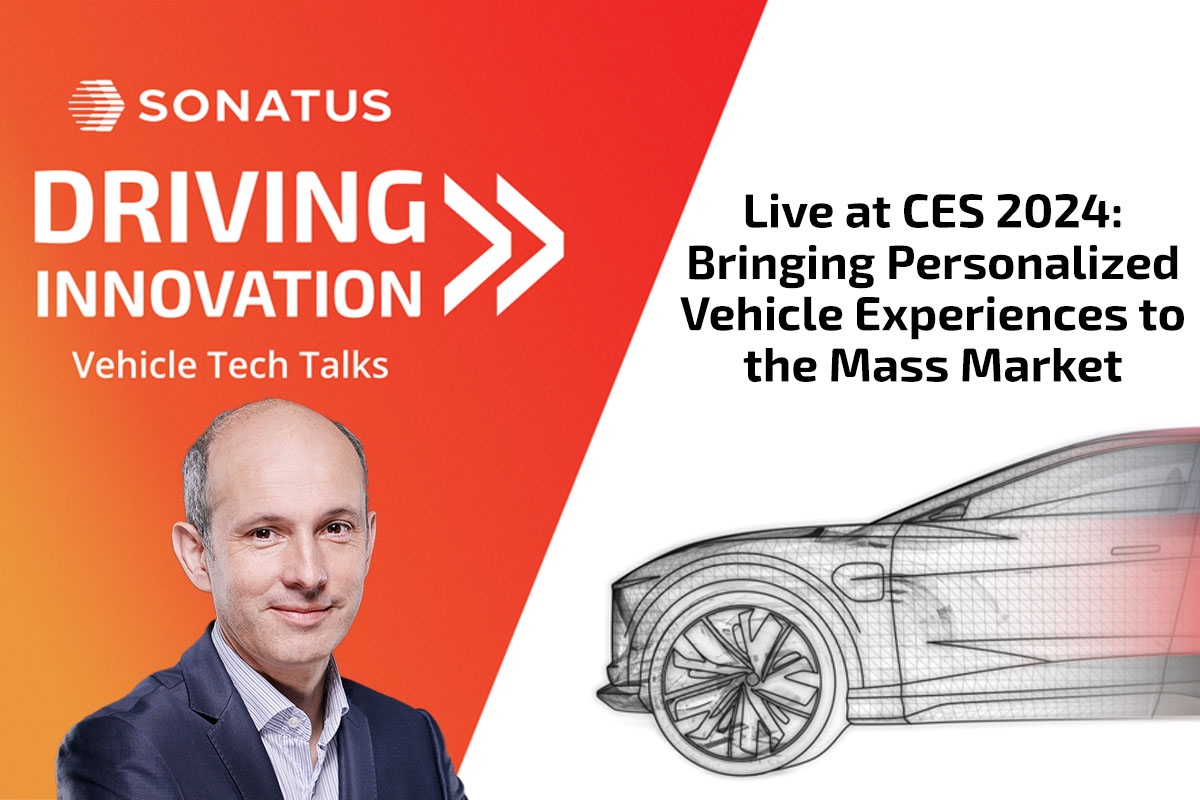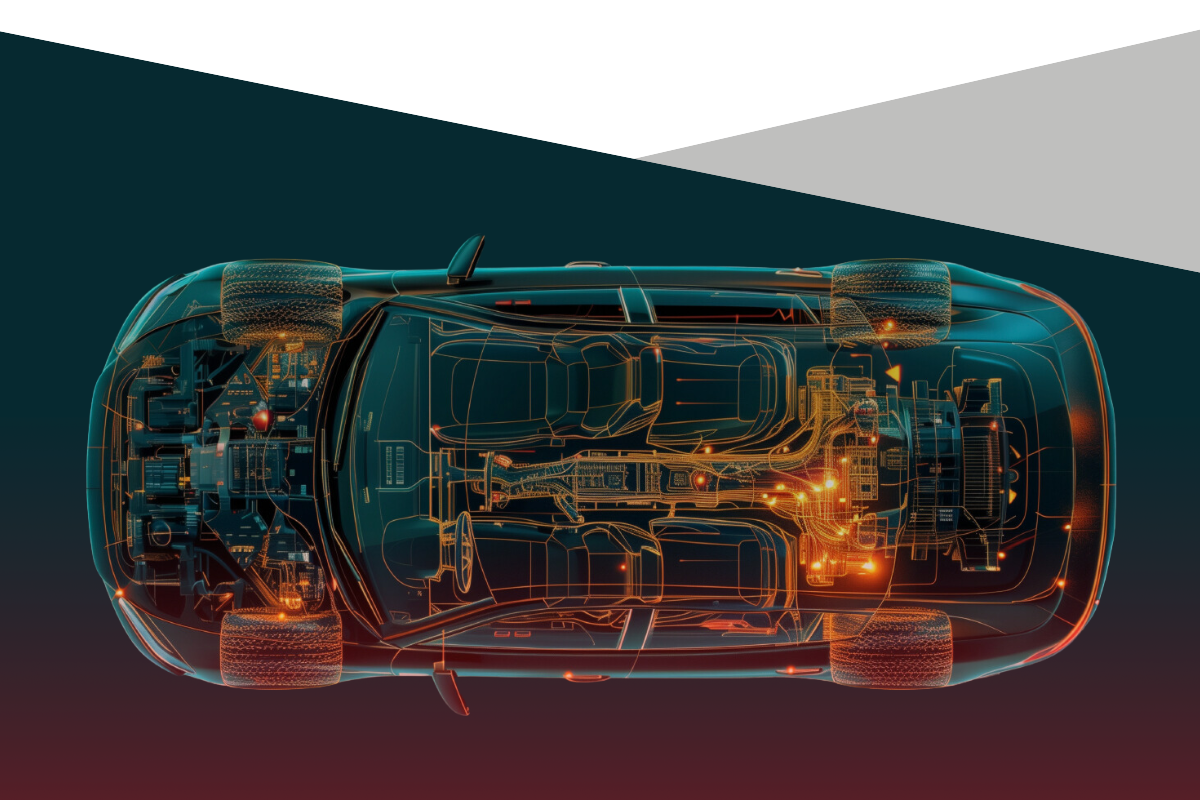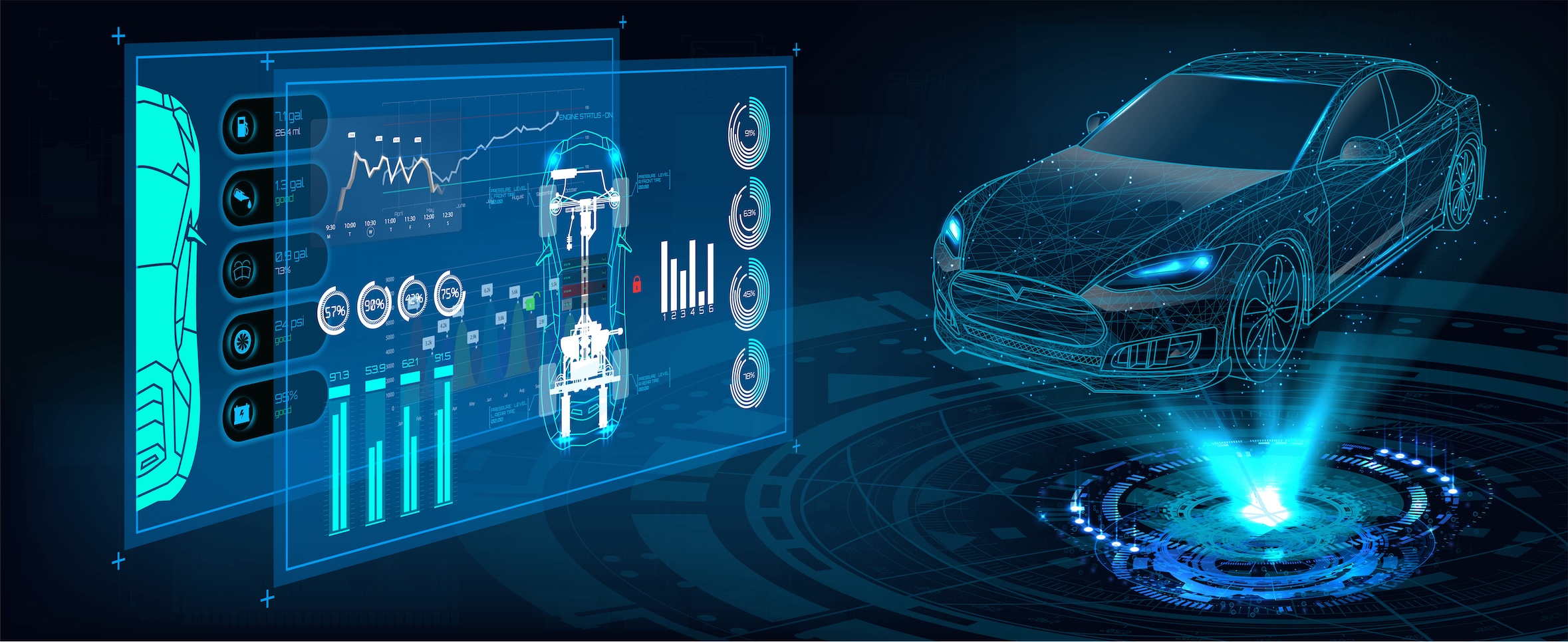Overview of White Paper
SANJAY: Welcome to another episode of Driving Innovation, the podcast where we talk about technologies and solutions that are enabling the auto industry to make the transition to software-defined vehicles. My name is Sanjay Khatri. What do modern data centers have to do with the future of mobility? The short answer is a lot. The recent white paper from Ward’s Auto, sponsored by Sonatus, titled: Realizing Future Proof Architectures for Software-Defined Vehicles, explains how the automotive industry can borrow lessons learned from the transition of legacy hardware-centric data centers into modern, software-defined platforms. Platforms that have come to support an incredible diversity of innovative and critical applications and services.
Auto industry challenges and need for SDVs
The automotive industry is at a crossroads, grappling with vehicle architectures that are not suited to meet the rapidly changing demands and expectations of consumers who are used to getting continually fresh new features and experiences from their connected digital devices. And let’s face it. Modern vehicles resemble digital devices in that they are increasingly connected and loaded with advanced technologies with digital features. Enter the software-defined vehicle. A revolutionary approach to architecting vehicles and their electrical and electronic systems, in which modern compute and networking technologies are used, and where software is decoupled from the underlying hardware. All of which makes it much simpler and more cost-efficient to continuously and dynamically add new driving and user experiences through software, rather than adding yet more hardware components and heavy wiring harnesses.
Comparison with shift to software-defined data centers (SDDC)
This shift mirrors the evolution we have seen in data centers, where the underlying hardware infrastructure has been abstracted from the software running on top. The result is that there has been an explosion of diverse applications across all segments. Manufacturing, enterprise IT, banking and finance, social media, IoT and more recently, large-scale AI, to name just a few.
The need for flexible foundations for SDV
Similarly, the SDV, built on a flexible and dynamically updatable foundation, can serve as a platform for automotive innovations that will define the next chapter in the future of mobility.
Key lessons learned from shift to SDDC
The white paper highlights key lessons learned from the transition to modern software-defined data centers that can be applied to the next generation of automotive platforms, making it easier and more cost-efficient for OEMs to meet the rapidly changing consumer, competitive and regulatory landscape. First, abstracting hardware from software is critical to ensure that OEMs can continuously work on innovative new features and improvements, even as the hardware is being developed, since the lead times for automotive hardware is much longer than software development. Next, virtualizing hardware resources, a mainstay of modern data centers, will allow OEMs to consolidate some of those black boxes that have proliferated over the years, reducing costs and streamlining updates and maintenance throughout vehicle lifecycles. Resource pooling, another feature of modern data centers, in conjunction with virtualization, will allow OEMs to dynamically allocate resources based on application priority and demand, making it possible to run diverse types of safety and non-safety critical applications in an optimal and reliable manner. Finally, the ability to automate and orchestrate in-vehicle software processes adds another dimension of flexibility and efficiency by making it easy to remotely monitor, configure, and automate tasks such as network management, data collection, vehicle diagnostics, and performance tuning updates.
Lessons applied to SDV architecture
The white paper goes on to describe how these lessons and principles of software-defined data centers can be implemented in an SDV architecture. Vehicle networks must be architected as software-defined networks using modern Ethernet-based technologies, where control and data planes are separated for easier configurability and changes as new capabilities are added to vehicles. Software-defined computing is implemented using high-performance ECUs, running virtual machines and containers that allow cloud native CI/CD pipelines for faster development and deployment of new software functions. Even the disparate storage across multiple ECUs around the vehicle E/E architecture can be software-defined using network shared storage and in-vehicle databases for better storage and retrieval of vehicle data. The net result of architecting these elements of the vehicle infrastructure to be software-driven is that OEMs will be able to more efficiently manage and update very large fleets remotely, including through automation, at any point in the vehicle lifecycle.
Differences in the automotive context
The paper also acknowledges that the automotive context is different from data centers in several ways, and that must be considered when architecting them for software-driven configurability. In addition to being a system of systems, the automobile is also an embedded device that performs safety-critical functions, namely driving safely and reliably. The white paper provides recommendations for the automotive context with respect to safety, security, and reliability. In that sense, it surmises that the correct way to view SDVs is not simply as modern data centers on wheels, but rather as intelligent edge data centers, that is, having characteristics of both a software platform, and a purpose-built edge device.
Summary
That was a short summary of the white paper on realizing future-proof SDV architectures. I would encourage you to download it to get a more thorough understanding of the topics covered in this episode. And stay tuned for more insights into the future of automotive technology and the SDV journey in upcoming episodes of the Driving Innovation podcast.





